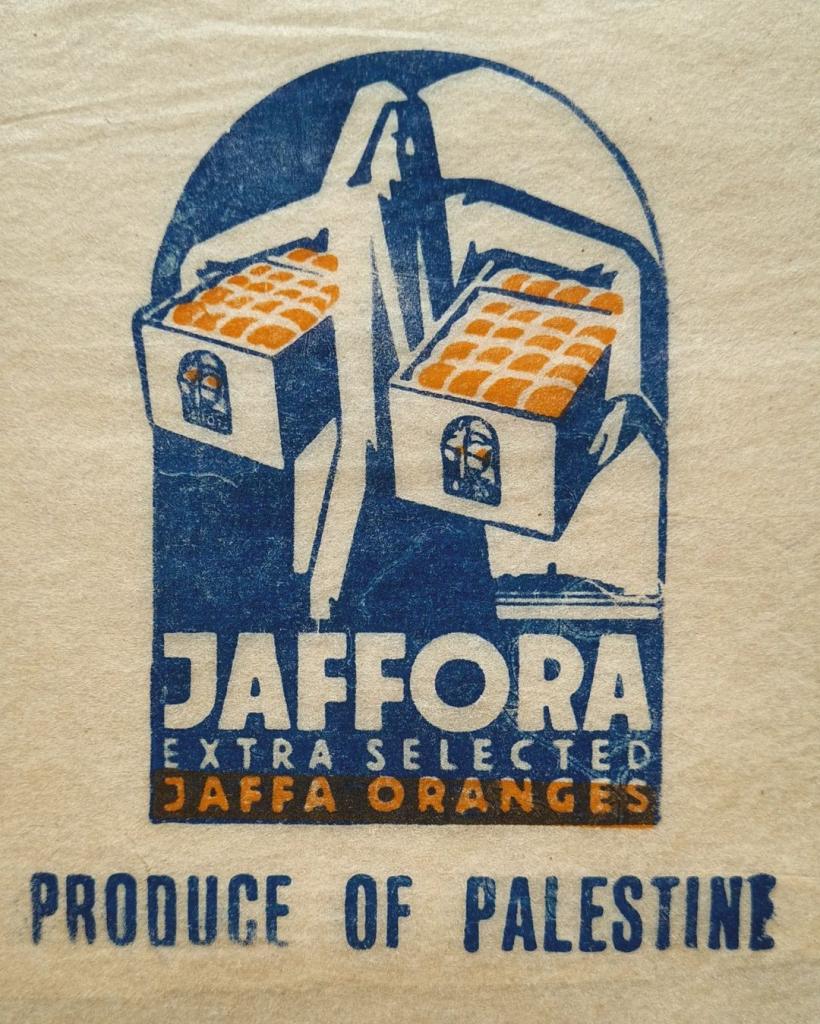– by Martin Wein – 4/7/2024

June 13, 2024 was a “historic day” for the freedom of speech in the Holy Land. In Israel, Channel 13 received a new, presumably regime-loyal CEO, likely ending any critical TV coverage. This piece of news was important enough to be debated in a Haaretz editorial the week after. However, on the same day, something extraordinary happened in Jaffa, a veritable celebration of freedom of speech, perhaps exceeding anything that has happened here in public since Oct. 7. The First Jaffan Congress!
The Ennis Auditorium in Jaffa Dalet was pretty much packed with about 400 guests coming to participate in the founding conference of the new Jaffa Institute for Research and Development, to be located at Jaffa’s only institution of higher education, the Academic College. Among the speakers of the event were top calibers, at least in Jaffan terms, such as Sami Abou Shahade, former MK and local historian, as well as the President of the Academic College, Dror Wahrman. The event was organized and hosted by Daniel Monterescu from the Central European University, a Soros-backed institution, renowned for its liberal, multi-religious profile.
The lectures were focused mainly on less contentious issues, such as infrastructure development, the economy and the orange trade, art and architecture. However, there was an eerie feeling that what happened on stage and in the auditorium was somehow fundamentally different from what is happening almost everywhere else in the Holy Land right now. Muslims, Christians, and Jews, religious and secular, Arabic and Hebrew – and no Israeli or Palestinian flags. Instead the orange – the symbol of modern Jaffa – was omnipresent, from the slide shows to T-shirts in the audience.
Some exchanges between speakers literally bridged the gap and arrived at shared truths about Jaffa’s tragic 20th century history: the presence of Jews in Mandatory Jaffa, displacement of Muslims and Christians since 1948, the colonial nature of the Zionist enterprise, which was self-acknowledged a century ago, and the painstaking symbiosis achieved in Jaffa today, which warrants viewing it separate from Tel Aviv.
What was missing from the conference were a few foremost topics connected to the maritime and human history of Jaffa. Specifically, we need to mention the pivotal role of the Suez Canal, which rerouted global maritime traffic, chiefly the “Highway to India” from the United Kingdom, and enabled oranges to become Jaffa’s chief export commodity for nearly a century. It was the Shamouti type of orange, which was named after the family still partly residing in Jaffa, that allowed for export of oranges, due to its tough skin, which gave Jaffa oranges a long unrefrigerated shelf-life.
This allowed Jaffa oranges to be used as a preventive medicine against scurvy, a serious illness caused by a lack of vitamin C that plagued seafarers and passengers on ocean-crossing voyages. Since the days of the pioneering Portuguese and later also Spanish global maritime charting effort in the 15th and 16th centuries, started by Prince Henry the Navigator at Sagres in Portugal, scurvy was the one problem that remained chronic to long-distance seafaring. Fresh fruit or vegetables were simply impossible to obtain.
Jaffa’s oranges were thus medicine as much as food, and they filled a key market niche, via the maritime backbone of the British Empire, the sea route from the UK via Gibraltar, Malta, Cyprus, the Suez Canal, Aden, Socotra, to India, which could be extended to Singapore, Australia, and New Zealand. Only due to the Suez Canal and the subsequent replacement of the old Portuguese sea route to India around Africa via Cape Town, Jaffa turned from a maritime dead end and backwaters to a Levantine Port City, along Port Said, Alexandria, Smyrna, Saloniki, Beirut, etc. The Suez Canal first globalized Jaffa. Jaffa also remains one of the last cosmopolitan Levantine cities.
And this had consequences for people as well, creating a massive immigration of Muslims, Christians, and Jews from throughout the Middle East and the Mediterranean, and soon from around the world. At one point, as many as 60% of Jaffans may have lived from the orange industry. These Jaffans were such a cosmopolitan mix that the city became known not only as Irous al-Bahr, Bride of the Sea, but as Umm al-Gharib, Mother of Strangers. Jaffa became and has remained one of the most profoundly multilingual places on earth, with a local Jaffish speech.
All in all, June 13, 2024 may have been an awful day for Israel in terms of freedom of speech, but it was a glorious day for Jaffa. The threshold role of academia for new nations is exemplified by the emergence of Brazil via students at the Portuguese University of Coimbra or of the Czech Republic due to the split of Charles University in Prague into a Czech and a German institution. The key role of the Hebrew University for Zionism is well known. Considering the essential role of higher education institutions in nation-building, this modest yet vibrant launch may have been the starting shot not only of re-establishing a Jaffa Municipality, but even of a Monaco-style miniature city-state of Jaffa.
ABOUT THE AUTHOR: Dr. Martin Wein taught history at New York University and Tel Aviv University. He is a former research student of US Special Envoy to Monitor and Combat Antisemitism, Ambassador Deborah Lipstadt. Dr. Wein has published on Prague Zionism, on the secret Czechoslovak military role in the foundation of Israel in 1948, on “global comparative genocide,” and on multi-religious relations in Europe and the Middle East, from the 19th century to the present.

Comment (0)